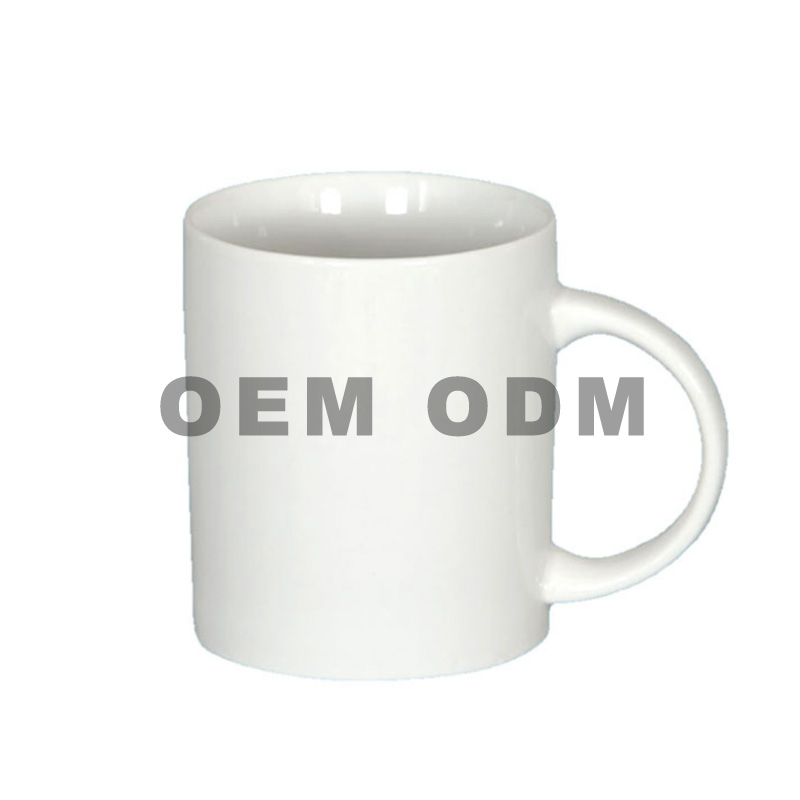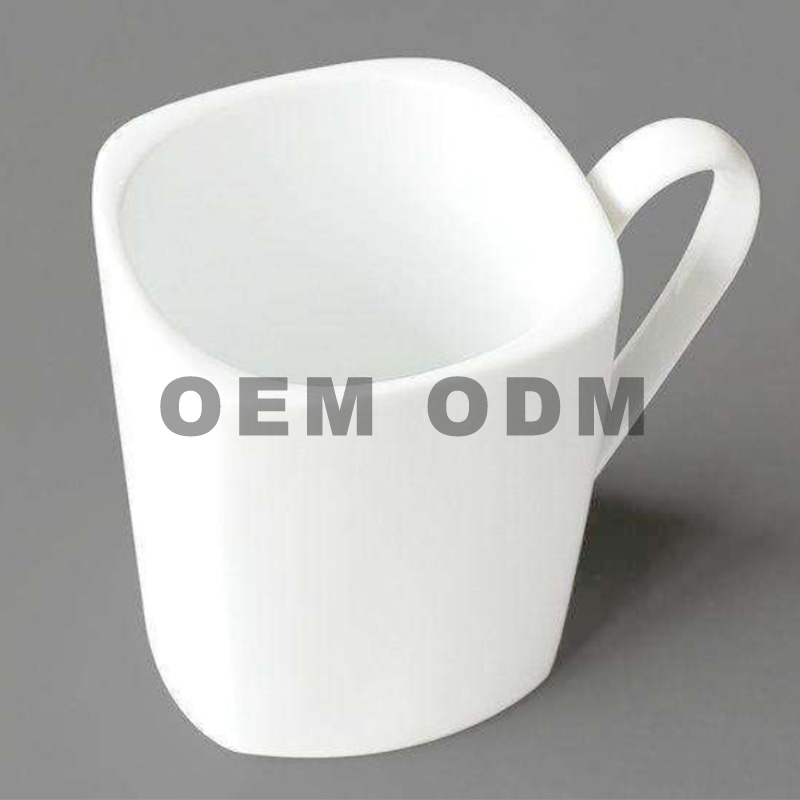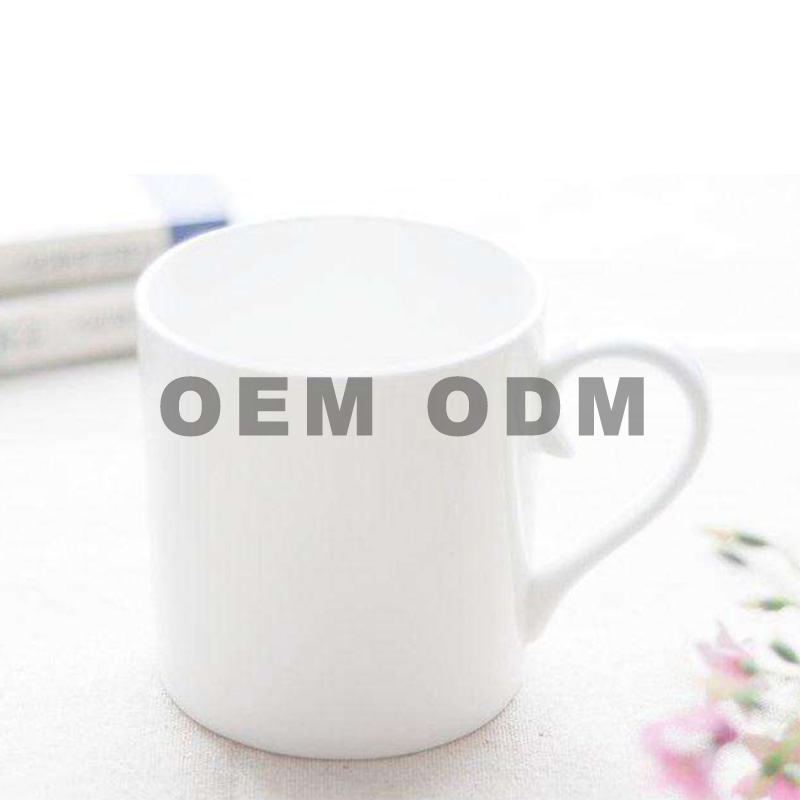Newest Ceramic Water Cup
My work is all hand-fabricated utilizing a chunk procedure there might be little blemishes, which are invited expansion to my work. The coating is applied by hand so little spots, trickles and so forth might be available, kindly partake in the hand tailored quality! Also, some colour variations may appear because some magic always happens in the kiln! All pieces are handmade so each will vary a little- photo serves as a guideline, and all pieces are made to look as close as possible to the original. I will ensure yours is just as beautiful.

Newest Ceramic Water Cup is a cup made of ceramics and used to drink wine, water, tea, etc.
Common processes: molding, sintering
Firing temperature: 1000 degrees
Feel: High temperature porcelain smooth
Uses: wine, water, tea, etc
Common raw material: clay

The so-called "ceramics" are plate-like or blocky ceramic products made of clay, made of clay or other inorganic non-metallic raw materials, processed by molding, sintering and other processes, and used to decorate and protect the walls and floors of buildings. After drying, it is heated to a certain degree to harden it and is no longer soluble in water.

The main components of ceramic cups are kaolin, clay, porcelain stone, porcelain clay, colorant, blue and white material, lime glaze, lime alkali glaze, etc. Jingdezhen ceramic cup is mainly made of kaolin ceramic raw materials, which is a kind of clay mainly composed of kaolinite. It is named after Gaoling Village, first discovered in the northeast of Jingdezhen in Jiangxi Province. Its chemical experimental formula is: Al203·2Si02·2H20, and the percentage of weight is: 39.50%, 46.54%, 13.96%. Pure kaolin is dense or loose lumps with a white, light grey appearance. When contaminated by other impurities, it can be black brown, pink, beige, etc., with a slippery feeling, easy to use hands to knead into powder, calcined color white, high refractory, is an excellent porcelain raw material.
Newest Ceramic Water Cup - craft

1. Mud training: porcelain stone is taken from the mining area, finely washed by water, removed impurities, and made into brick-like mud blocks after precipitation. Then mix the mud with water, remove the residue, rub it by hand, or step on it with your feet to squeeze out the air in the mud and make the moisture in the mud even.
2. Blank pulling: throw the mud ball in the center of the turntable of the reeling car, and pull out the rough appearance of the green body with the flexion and extension of the hand.
3. Blank: The appearance of the impression is rotated according to the arc of the billet, and the blank that has been dried to semi-dry is placed on the mold, and the outer wall of the blank is evenly patted, and then demolded.

4. Billet: put the billet on the barrel of the reeling car, turn the disc, and use a knife to spin and cut, in order to make the thickness of the green body appropriate, the surface is smooth, which is a process with high technical requirements.
5. Drying blank: put the processed and formed blank on the wooden frame to dry.
6. Engraving: Use bamboo, bone or iron knives to engrave patterns on the dried or semi-dry green body.
7. Glaze: ordinary round mouth using dipping glaze (dipping the blank into the glaze basin, when the mouth edge is level with the glaze immediately raised) or swinging glaze (injecting the glaze paste into the blank and shaking, so that the upper and lower left and right evenly glazed, and then quickly pouring out the excess glaze slurry), the glaze (relative to the "round ware", "round ware" refers to the round ware formed by the blank drawing method, such as bowls, plates, plates, etc. Vessels with more complex molding processes, such as bottles, zuns, pots, pots, etc., are called "craftsmen") or large round vessels are glazed (by covering the bamboo tube with fine yarn, dipping the glaze and blowing it with the mouth, and so on many times, the blank surface can obtain a uniform thickness of glaze).
8. Kiln: The time process is about one day and night, and the temperature is about 1300 °C. First build the kiln door, ignite the kiln, fuel is pine firewood, guide the pile technology, measure the fire, grasp the temperature change of the kiln, and decide the ceasefire time.
9. Color glaze: glaze colors such as five-color, pastel, etc., are painted on the glaze that has been fired into porcelain, filled in color, and then baked in a red furnace at low temperature, the temperature is about 700 °C--800 °C. In addition, before the kiln, painting on the green body those, such as blue and white, glaze red, etc., is called glaze red, which is characterized by color under high temperature glaze and never fades.
Newest Ceramic Water Cup - Features The main raw material of ceramic cup is mud, not rare metals, which will not waste our living resources, nor pollute the environment, neither destroy resources, nor toxic and harmless. The selection of ceramic cups reflects the understanding of environmental protection and the care for our living environment
Hot Tags: Newest Ceramic Water Cup




